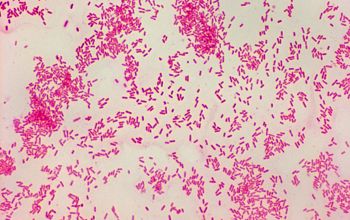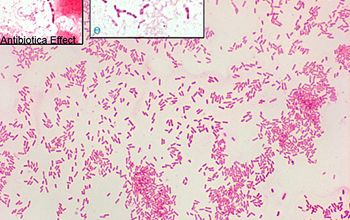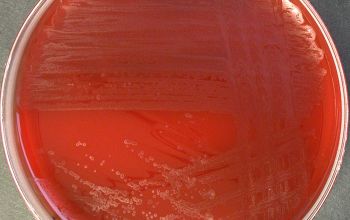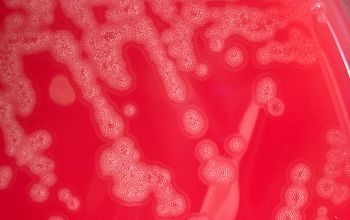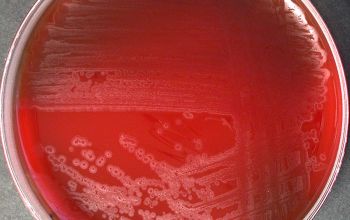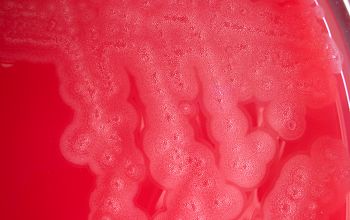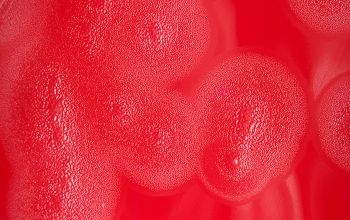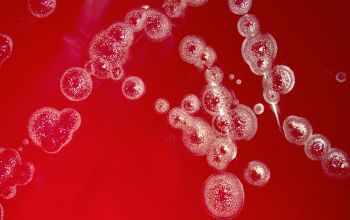Eikenella corrodens
-
General information
Taxonomy
Family: Neisseriaceae
HACEK
The HACEK organisms are a group of fastidious Gram-negative bacteria that are an unusual cause of infective endocarditis, which is an inflammation of the heart due to bacterial infection.
HACEK is an abbreviation of the initials of the genera of this group of bacteria:
Haemophilus aphrophilus (Aggregatibacter aphrophilus)
Aggregatibacter actinomycetemcomitans (previously Actinobacillus)
Cardiobacterium hominis
Eikenella corrodens
Kingella kingae.
The HACEK organisms are a normal part of the human microbiota, living in the oral-pharyngeal region.
The bacteria were originally grouped because they were thought to be a significant cause of infective endocarditis, but recent research has shown that they are rare and only responsible for 1.4–3.0% of all cases of this disease.
Natural habitats
The oral cavity and nasopharynx but possibly also the gastrointestinal and urogenital tract of humans and some mammals, from which it can be transmitted via saliva (bytes, syringes) to other individuals.
Clinical significans
They are associated with periodonitis, infections of the upper respiratory tract, pleura and lungs, abdomen, joints, bones, wounds (e.g, from a human bite), endocarditis, and rarely other infections, such as noma.
Risk factors are dental manipulations and intravenous drug abuse.
-
Gram stain
Slender, small Gram negative rods
0.3-0.4 x1.5-4.0 mm with rounded ends.
short filaments are occasionally formed
-
Culture characteristics
-
Facultative anaerobic
5% CO2 improves the growth
BA: colonies are 1-2 mm after 48 h of growth and show clear centers that are often surrounded by spreading growth and may pit the agar.
They have a light yellow pigmentation after several days.
McConkey; no growth
BBAØ: growth
Liquid media: granules are formed
Smell: hypochlorite / "bleach like"
-
-
Characteristics
-
References
James Versalovic et al.(2011) Manual of Clinical Microbiology 10th Edition
Karen C. Carrol et al (2019) Manual of Clinical Microbiology, 12th Edition


